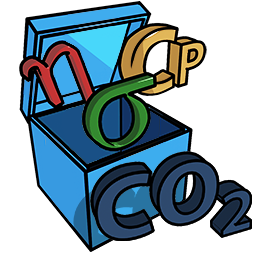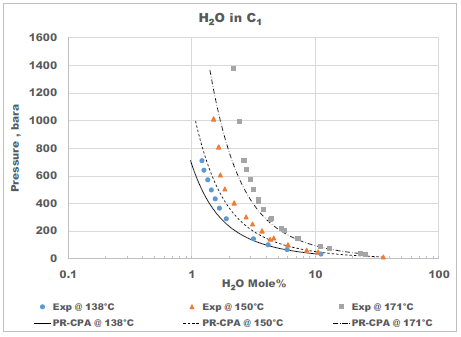#15 Thermal Conductivity of Aqueous Mixtures
The thermal conductivity is an important parameter in engineering calculation. It enters into models and correlations for heat exchange in pipe and process equipment. The thermal conductivity (λ) is defined as where q is the heat flow per unit area and dT/dx is the temperature gradient in the direction of the heat flow. For oil …




